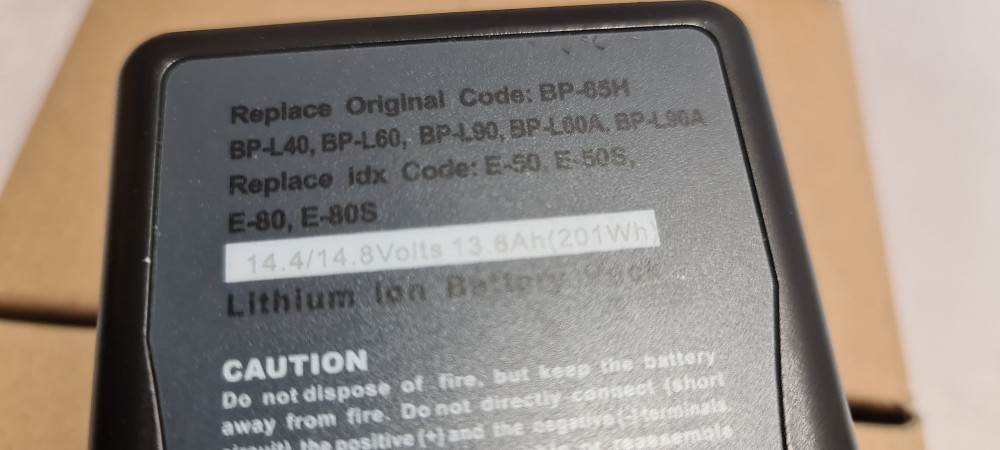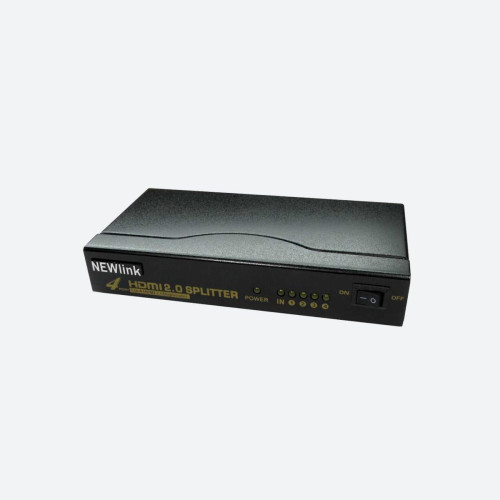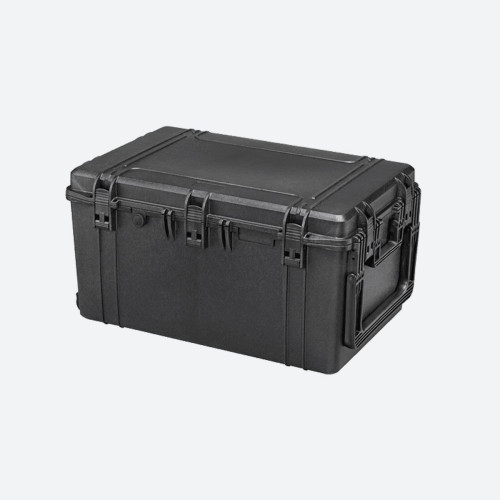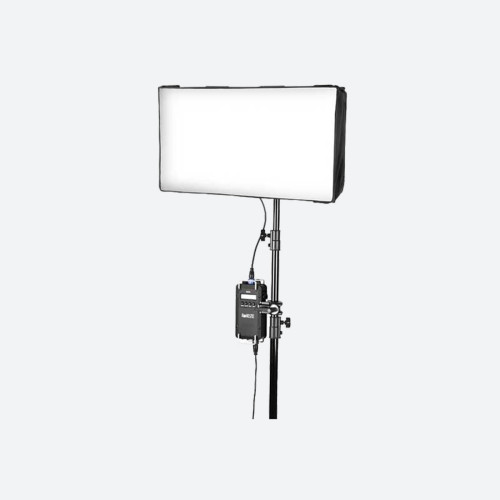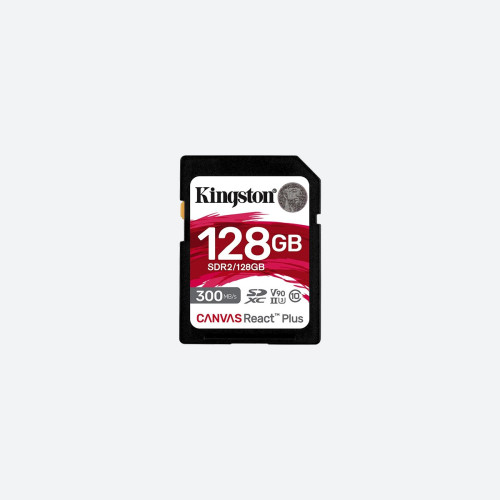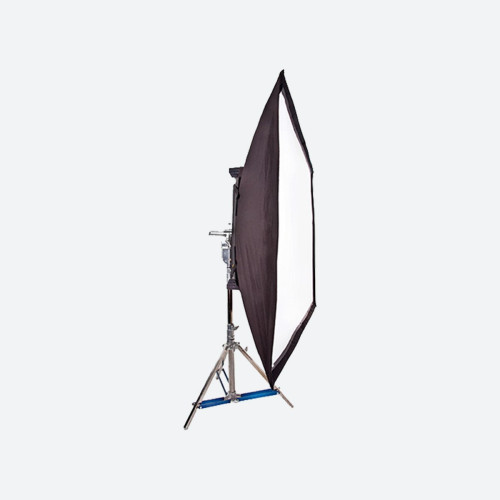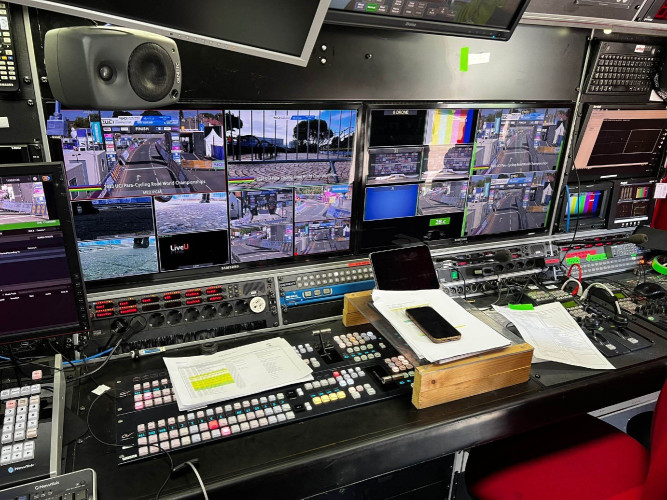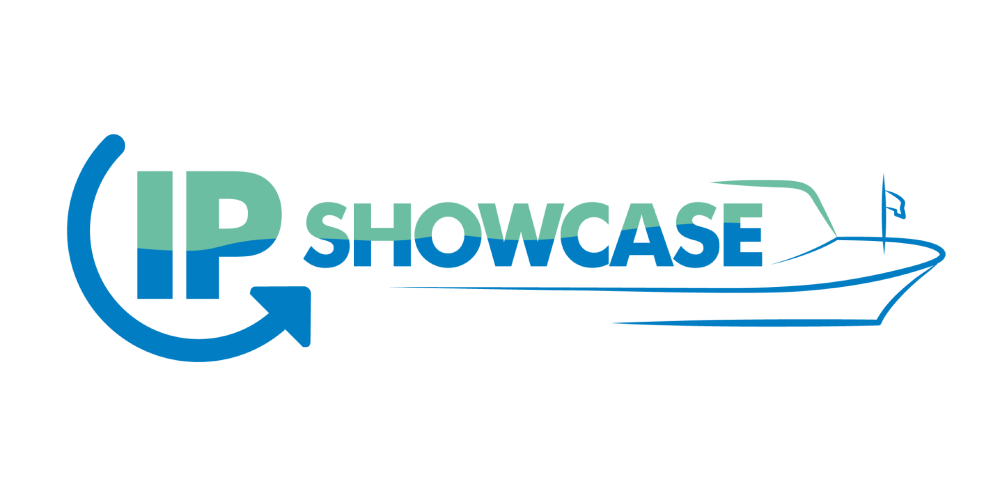Say again? What is loudness?

Author: Bob Pank#
Published 1st June 2012
Loudness is making a lot of noise these days, but what does it really mean? There is certainly no shortage of gurus who are happy to posit answers, but are they addressing the right questions?
For instance, much has been made of the EBU’s recent Loudness Metering specification (EBU Tech 3341). But it has to be said that the EBU only makes recommendations, not policy, and a great deal of confusion remains. Furthermore, every broadcaster sets slightly different measurement settings, so how - in the end - do customers know what to measure to and what to correct to?
It also seems to me that most loudness “solutions” appear to reside in the hardware domain whereas the overwhelming industry drive is toward file-based workflow and processing. What’s really going on here? Let’s start by defining loudness measurement.
What is loudness measurement?
Loudness measurement is determined using a mathematical model of human hearing to determine how “loud” an audio sample is to listeners. Due to the nature of sound and a whole host of factors that affect the human hearing mechanism, the sounds we hear can often be very different from the sounds actually emitted by a speaker. Human hearing works in a logarithmic manner, as modelled by the decibel scale, with higher sensitivity in the middle range, which means that certain frequency sounds can appear comparatively louder even though they are actually emitted at the same decibel level as other frequencies.
Why does the industry need tools to measure loudness?
Well, in the case of the CALM Act in the US, heavy fines are a pretty compelling incentive to get loudness parameters right. In the recent past, television sound was not regarded as particularly important, but that has obviously changed dramatically in recent years. Many TV and radio listeners are now quick to complain when they perceive that some programmes are occasionally “too loud”. Sometimes this is merely a subjective, individual response, but it is now recognised as something that can provoke genuine annoyance and deter listeners and, hence, erode audience figures.
In what environments should loudness measurement tools be included?
Initially, loudness or excessive variations in loudness were regarded as an issue for playout and in recent years some hardware solutions to manage loudness have been deployed in transmission suits. At the same time, others have recognised that potential problems should not be left solely to transmission operators and some post production facilities have found that broadcasters prefer programmes to be delivered with loudness control or normalisation already applied.
Loudness regulation and normalisation has applications in a wide variety of areas including broadcast playout, archive digitisation and within post production facilities. Generally speaking, loudness control is also becoming an issue for all media organisations including, for instance, clip libraries that will be increasingly required to fix the inevitable variations in audio levels on legacy tape and film content as an added value to their customers.
What should a loudness tool actually do?
A loudness tool should analyse audio files and, preferably, automatically attenuate and/or normalise the audio levels contained within them to current standards. It should be easy to use and not tie up expensive resources or compromise audio quality.
How should those tools work?
The loudness algorithm introduced in ITU BS.1770 models human hearing and takes into account various factors such as frequency weighting and dynamic range. Existing loudness meters operate in an analogue fashion similar to a PPM to give an indication of loudness in one of several units, depending on the weighting applied. With the move to file based systems, digital meters have been adopted that are governed by regulations set out by international broadcast bodies such as the ITU or EBU. However, meters of this kind do not give an overall view of the sample, making quick, effective analysis difficult.
The introduction of “eFF”
We designed eFF from the ground up to specifically tackle the need to address increasingly diverse file-based content sources. eFF’s highly modular design means that it has an ever-increasing inventory of functions and file types that adapt to the changing needs of the industry. Its focus on an organic automation function from inception enables eFF to integrate fully with existing Media Asset Management systems, or be used as a stand-alone loudness compliance system.
eFF requires only very basic training to use and is designed to make it easy for non-expert operators to achieve consistent and accurate results. Operators can set up file analysis parameters either from the GUI or by using one of many programmable profiles that can be tailored and stored for a particular client.
Because it is file based, eFF is considerably faster than real-time, and because audio tracks can be analysed and fixed without decoding the video transport wrapper the process is highly efficient.
So, eFF is quick, accurate and easy, and has already been installed at prestigious London-based firms such as The Mill, Smoke and Mirrors, Munky, and Technicolor Network Services UK - and we think that’s something to shout about.



